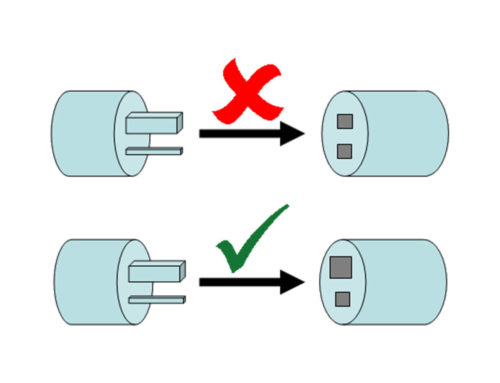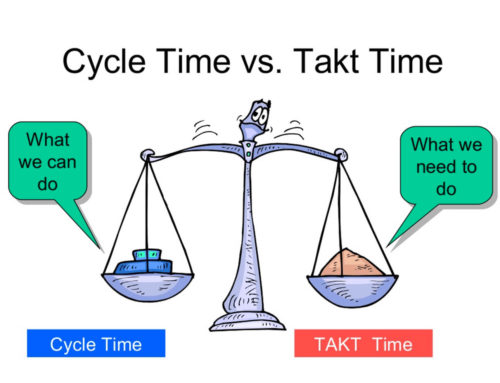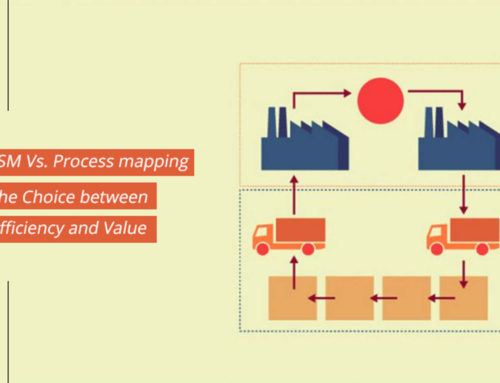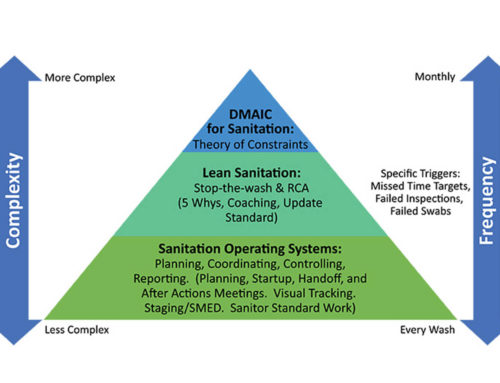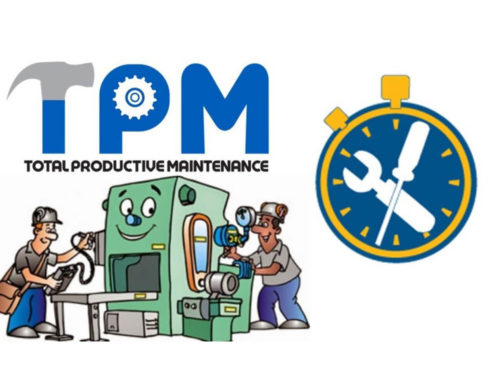Smart goals are vital for the efficient functioning of a food factory. These goals are the desired outcomes or objectives that a food company aims to achieve in the coming future. These goals play a vital part in the company’s continuous improvement ability. The Smart goals variously differ from conventional plans, as Smart goals have distinct characteristics.
 Why Smart goals?
Why Smart goals?
Smart goals are significant as they differ from traditional goals, e.g., if we set a goal that is not realistic or not attainable. It will hinder the overall performance as it will demotivate the entire workforce to work for a cause. Therefore, the process of goal setting is critical, so that it should be kept in mind that whenever the food company tends to set a smart goal, it should be marginally bigger than the food factory’s current ability. So, they can push a little and achieve the milestone.
Characteristics of Smart goals:
Smart goals are different from conventional goals in terms of the below-mentioned characteristics.
· Specific
The goal must be specific, pinpoint, and accurate. The goal must address and be aligned with the mission and vision of the food industry. For example, If the food business visualizes to attain 100 tons of production and can produce 95 tons, it must expand equipment and skilled workforce. In this case, 100 tons of production is the Smart goal, while the expansion is the continuous improvement that the food factory requires to achieve that goal.
· Measurable
The Smart goal is measurable, i.e., its magnitude could be imagined or identified at any time. It should also clarify the comparative progress the food industry is making to achieve that particular goal. For example, a food company sets a goal to achieve the highest production level. That specific goal is not a Smart goal as it does not indicate the magnitude of production volume, or one can’t measure how much is the highest level of production. In this case, the Smart goal is that the food company sets to achieve 100 tons of food stock this month. Now the workforce would be more dedicated to achieving the proposed volume.
-
Attainable
The most critical characteristic of the Smart goal is that it should be attainable. It means that the goal should motivate the workforce to work hard and go a mile extra to achieve it. On the contrary, if the goal is not attainable, it will demotivate the workforce and hinder continuous improvement. For example, the production capacity of a food company is 50 tons. The company set the goal of 100 tons, which is not attainable by any means under the given circumstances. It is not a smart goal. In this case, the Smart goal is around 55 tons, which will motivate the workforce to work hard. The goal of 100 tons would make the workforce least interested in achieving it.
-
Relevant
The relevance of the Smart goal refers to its alignment with the food company’s mission and vision. If the goal is not aligned to the vision and mission, it would make no difference in continuous improvement and consequently detract the company from achieving the objectives or purpose of existence.
· Time-bound
It refers to the time frame or time interval in which a food company should accomplish the Smart goal. A goal without a specific time frame is not a Smart goal; even continuous improvement should be based on a time frame. For example, a food company plans to deliver 30 tons of stock without a time frame. In this case, the workforce will not be engaged to boost their abilities and work efficiently until they give them a time limit.
The process of continuous improvement and capacity building for a food company primarily depends on Smart goals setting. Goals that can motivate the workforce to go a mile extra, maximize their working capacities, and enhance the working abilities to improve the food company’s production process.


